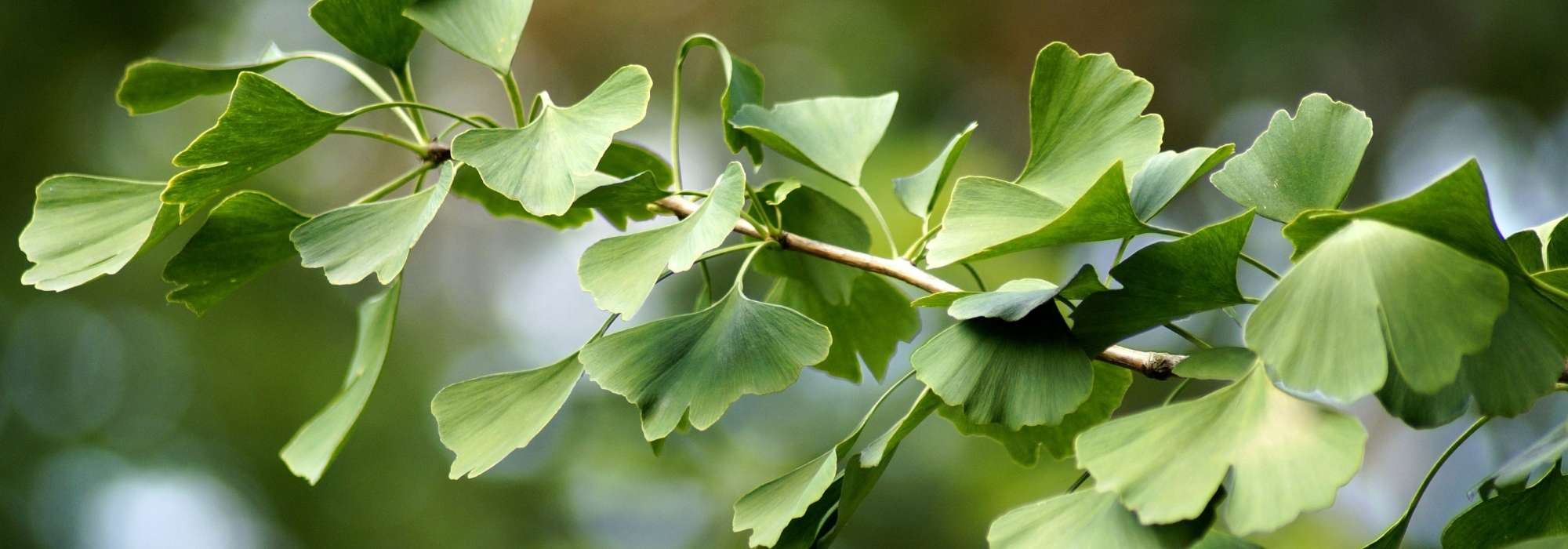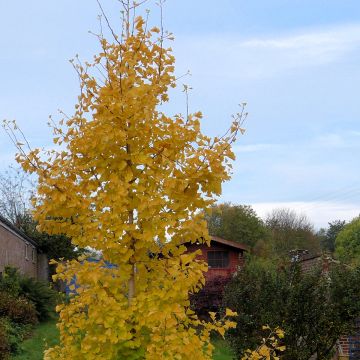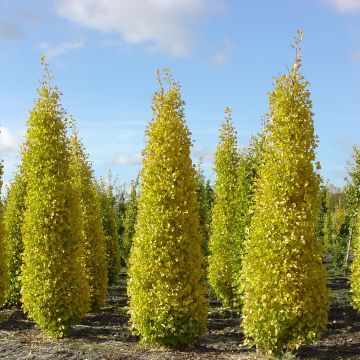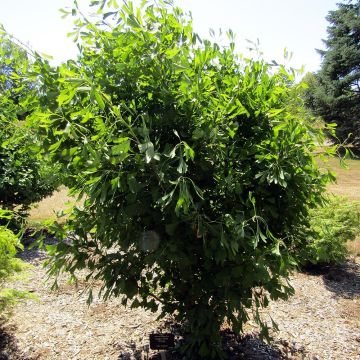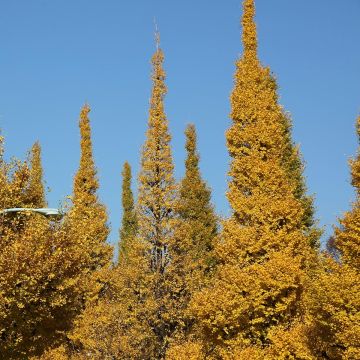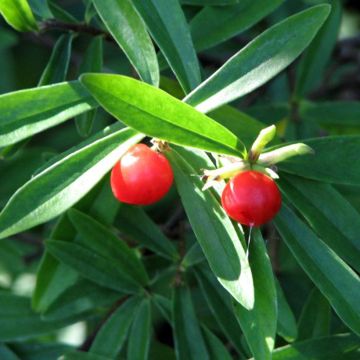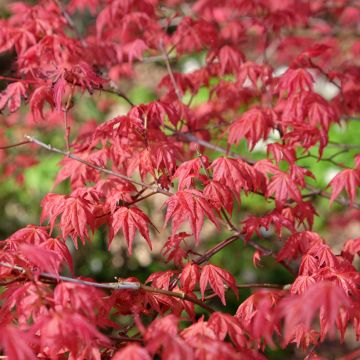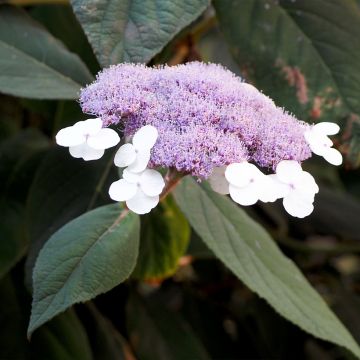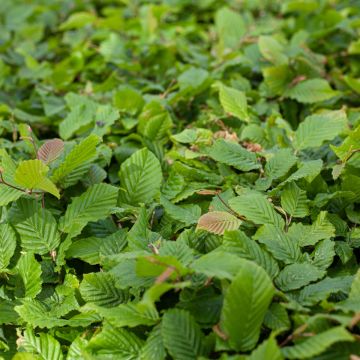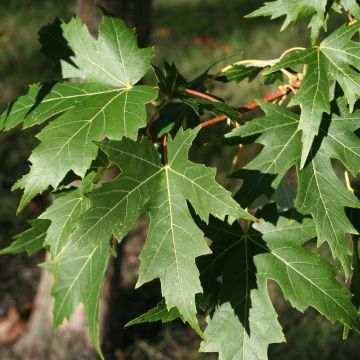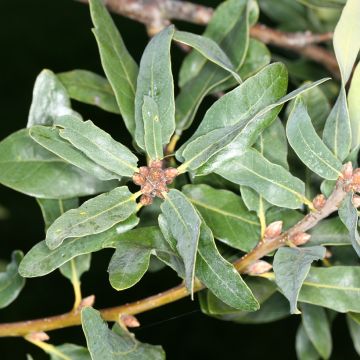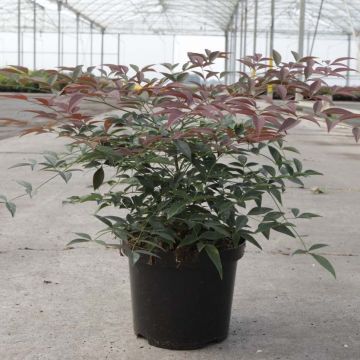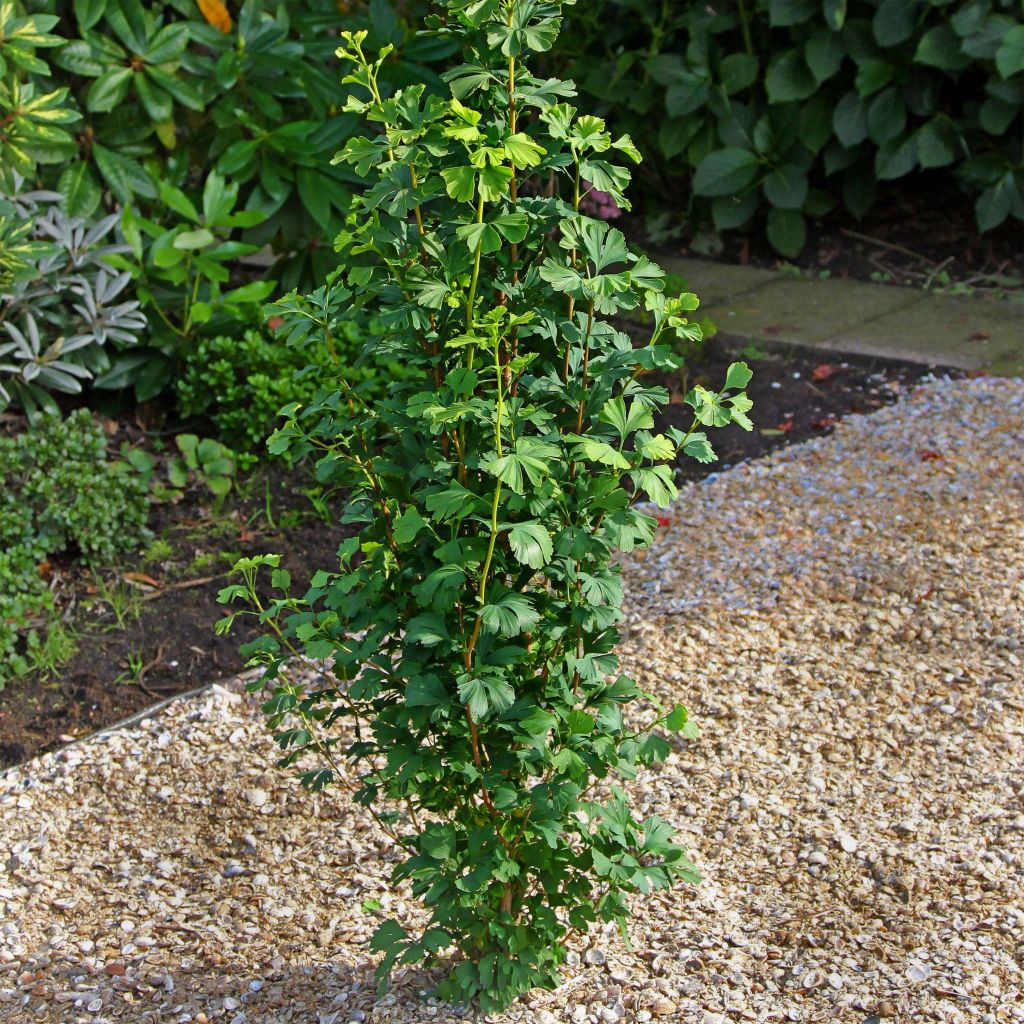

Ginkgo biloba Menhir
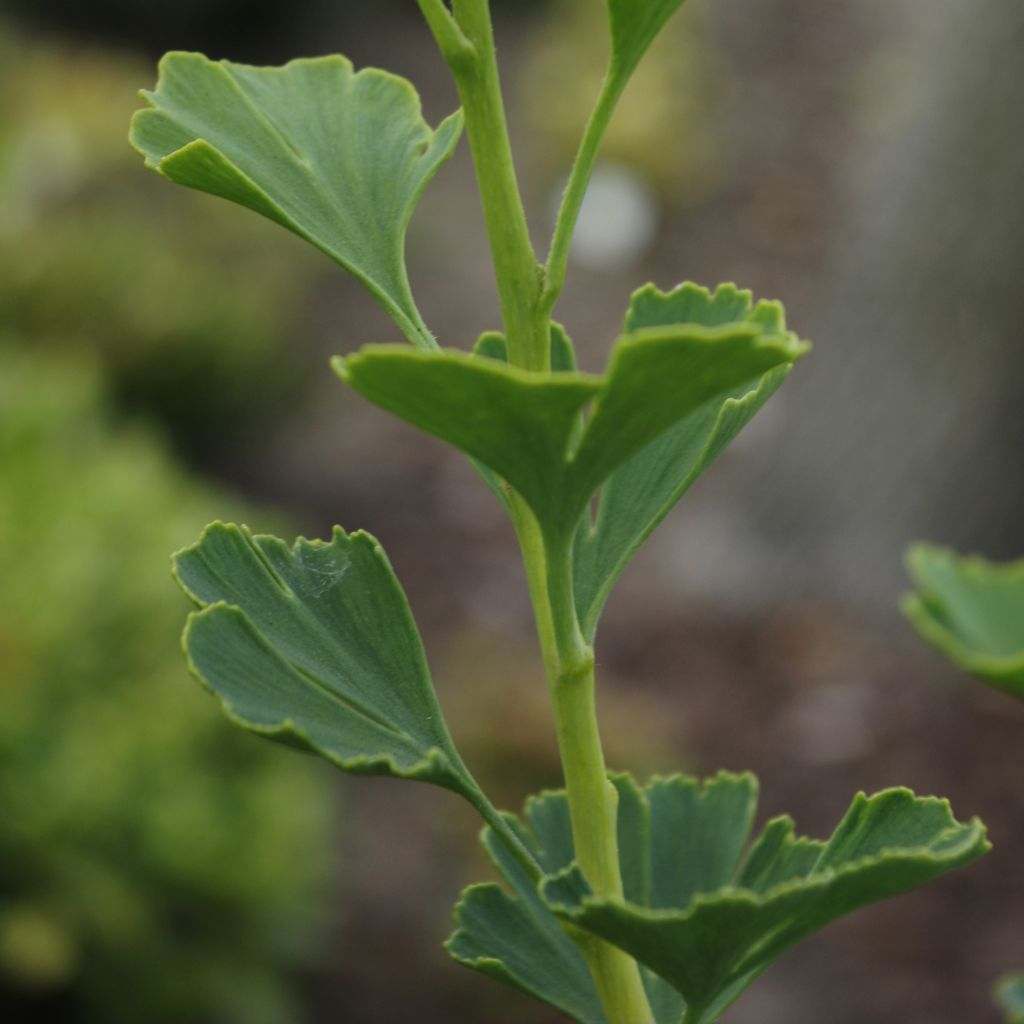

Ginkgo biloba Menhir
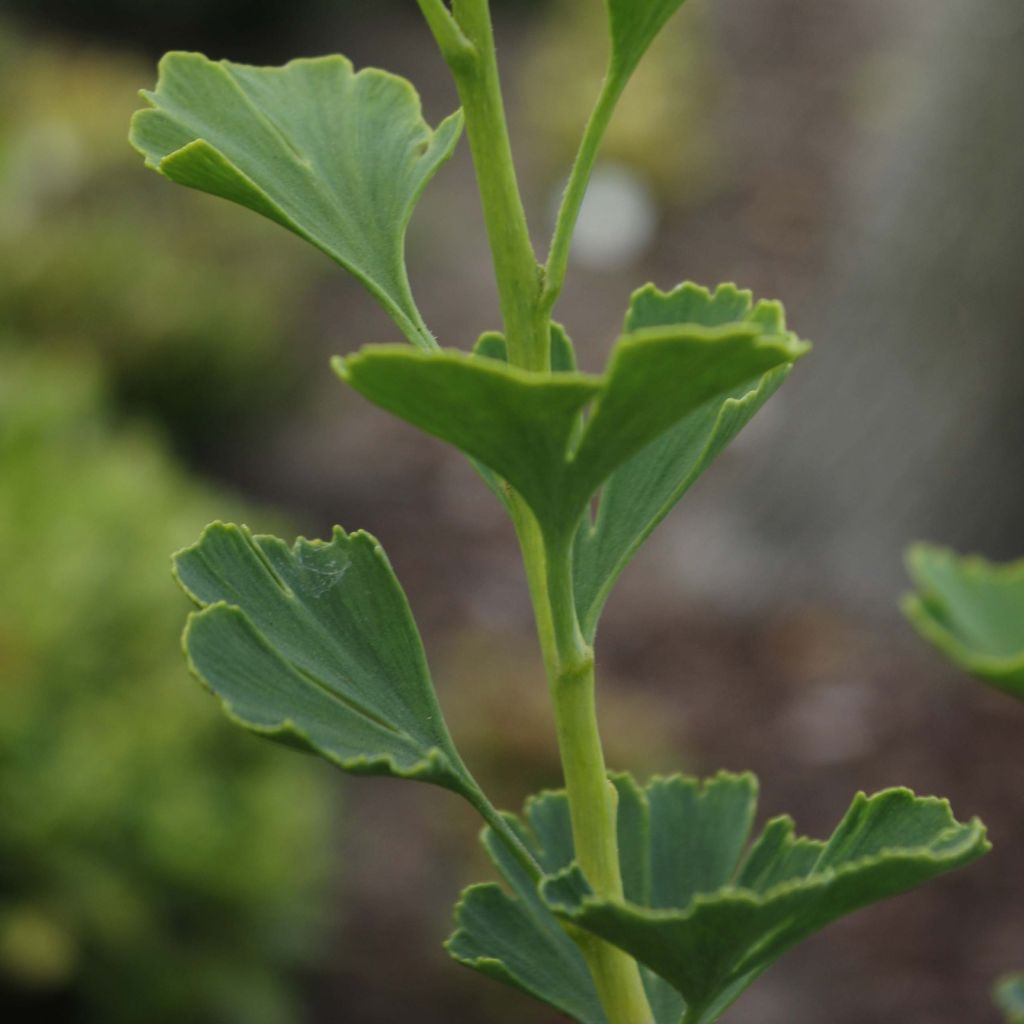

Ginkgo biloba Menhir
Ginkgo biloba Menhir
Ginkgo biloba Menhir
Maidenhair Tree, Living Fossil Tree
Two beautiful specimens with a healthy and well-developed root system, suggesting that they will easily take root! The delivery was excellent as usual. I can't wait for spring to see the first buds of these ginkgo monoliths develop...
Aurélie, 11/02/2022
Special offer!
Receive a €20 voucher for any order over €90 (excluding delivery costs, credit notes, and plastic-free options)!
1- Add your favorite plants to your cart.
2- Once you have reached €90, confirm your order (you can even choose the delivery date!).
3- As soon as your order is shipped, you will receive an email containing your voucher code, valid for 3 months (90 days).
Your voucher is unique and can only be used once, for any order with a minimum value of €20, excluding delivery costs.
Can be combined with other current offers, non-divisible and non-refundable.
Home or relay delivery (depending on size and destination)
Schedule delivery date,
and select date in basket
This plant carries a 24 months recovery warranty
More information
We guarantee the quality of our plants for a full growing cycle, and will replace at our expense any plant that fails to recover under normal climatic and planting conditions.

Would this plant suit my garden?
Set up your Plantfit profile →
Description
Ginkgo biloba 'Menhir' is a variety of maidenhair tree that stands out for its naturally narrow habit. This beautiful tree spontaneously forms a 15 m (49 ft 2 in) tall column that does not go unnoticed in the garden, especially under its autumn foliage of resplendent yellow. This selected blend, which never bears fruit, also has more finely cut leaves than those of the species. In winter, this wonderful conifer reveals a perfect framework, covered with grey and fissured bark. Less cumbersome than its venerable ancestor, this Ginkgo is more suitable for the size of our modern gardens. It deserves a prominent place, installed as a solitary subject on a short grass meadow.
Ginkgo biloba, also sometimes called the Living Fossil Tree or Maidenhair Tree, in reference to the shape of its leaves and the pattern of its veins resembling hairs, is a very ancient deciduous tree of the Ginkgoales family, which is now practically extinct. This living fossil, which does not bear flowers but rather ovules, normally reaches up to 24 m (78 ft 8 in) in height, displaying an upright habit in its youth and then becoming more spreading with age, measuring up to 9 m (29 ft 6 in) in diameter. This majestic tree, native to China, has now (and probably for a long time) disappeared in its natural environment, owing its survival only to the admiration and respect it has inspired in the human species for many generations, which continues to plant and multiply it in its most beautiful parks.
'Menhir' is a horticultural variety derived from Ginkgo biloba, recently obtained in the Netherlands. It is distinguished by a very narrow and columnar habit, with branches naturally arching towards the trunk, and more finely cut leaves. The tree will reach about 8 m (26 ft 2 in) in height and 1.5 m (4 ft 11 in) in width at the age of 10 years, and after many years can reach up to 15 m (49 ft 2 in) in height. Its flat, deciduous leaves are semi-round and divided into two finely palmate lobes. They have a characteristic fan shape and measure from 4 to 10 cm (1.6 to 3.9 in) in width. They are inserted on the branches in small groups of three or four. Their colour, light green in spring, takes beautiful bluish hues in summer, before turning golden-yellow at the end of the season. They fall in November. This beautiful tree has a spreading root system and develops quite vigorously from a young age.
Ginkgo biloba 'Menhir' should be planted as a solitary specimen on a short grass meadow, where its silhouette of a strange natural megalith will become the focal point of the garden. It can also be combined with Persian Parrotia, with its flamboyant autumn foliage, or with Japanese Maples, Oakleaf Hydrangea, or Caramel Tree, etc. It is also a good tree for aligning in an urban garden or a large avenue.
Strangely, and despite its deciduous leaves, Ginkgo biloba is a conifer from a botanical point of view. It is a very hardy shrub. It is also very resistant. It was one of the few to have survived the bomb that destroyed Hiroshima in 1945!
It is the oldest tree species found on Earth, dating back 300 million years, surviving all the cataclysms that the Earth has experienced. This Living Fossil Tree has been living for thousands of years in the Tianmushan Mountains in southeast China. It was reintroduced to Europe in the 18th century. With exceptional longevity, Ginkgo is also a medicinal plant whose foliage is used to reduce symptoms of Alzheimer's disease.
Ginkgo biloba Menhir in pictures




Plant habit
Foliage
Botanical data
Ginkgo
biloba
Menhir
Ginkgoaceae
Maidenhair Tree, Living Fossil Tree
Cultivar or hybrid
Other Ginkgo
View all →Planting and care
Ginkgo Biloba 'Menhir' is a very hardy tree, resistant to temperatures as low as -30 °C (-22 °F), but it fears excessive heat; it suffers above 30 °C (86 °F), especially if the soil is dry. It thrives in the sun in any good fertile, deep, and well-drained soil. We recommend staking the young plants, which sometimes have a tendency not to grow straight. It is also important to ensure that it does not lack water during the summer period. It tolerates a soil with a tendency to be calcareous as long as it remains moist. In dry soil, this tree will develop very slowly. But it will also suffer in soil that is too wet and heavy or constantly saturated with water. It is a very hardy bush that tolerates urban pollution well. When planting, dig a fairly deep hole rich in humus. During the plant's dormant period, in February-March, remove any rebellious or tangled shoots to maintain a good habit for the plant.
Planting period
Intended location
Care
Planting & care advice
-
, onOrder confirmed
Reply from on Promesse de fleurs
Similar products
Haven't found what you were looking for?
Hardiness is the lowest winter temperature a plant can endure without suffering serious damage or even dying. However, hardiness is affected by location (a sheltered area, such as a patio), protection (winter cover) and soil type (hardiness is improved by well-drained soil).

Photo Sharing Terms & Conditions
In order to encourage gardeners to interact and share their experiences, Promesse de fleurs offers various media enabling content to be uploaded onto its Site - in particular via the ‘Photo sharing’ module.
The User agrees to refrain from:
- Posting any content that is illegal, prejudicial, insulting, racist, inciteful to hatred, revisionist, contrary to public decency, that infringes on privacy or on the privacy rights of third parties, in particular the publicity rights of persons and goods, intellectual property rights, or the right to privacy.
- Submitting content on behalf of a third party;
- Impersonate the identity of a third party and/or publish any personal information about a third party;
In general, the User undertakes to refrain from any unethical behaviour.
All Content (in particular text, comments, files, images, photos, videos, creative works, etc.), which may be subject to property or intellectual property rights, image or other private rights, shall remain the property of the User, subject to the limited rights granted by the terms of the licence granted by Promesse de fleurs as stated below. Users are at liberty to publish or not to publish such Content on the Site, notably via the ‘Photo Sharing’ facility, and accept that this Content shall be made public and freely accessible, notably on the Internet.
Users further acknowledge, undertake to have ,and guarantee that they hold all necessary rights and permissions to publish such material on the Site, in particular with regard to the legislation in force pertaining to any privacy, property, intellectual property, image, or contractual rights, or rights of any other nature. By publishing such Content on the Site, Users acknowledge accepting full liability as publishers of the Content within the meaning of the law, and grant Promesse de fleurs, free of charge, an inclusive, worldwide licence for the said Content for the entire duration of its publication, including all reproduction, representation, up/downloading, displaying, performing, transmission, and storage rights.
Users also grant permission for their name to be linked to the Content and accept that this link may not always be made available.
By engaging in posting material, Users consent to their Content becoming automatically accessible on the Internet, in particular on other sites and/or blogs and/or web pages of the Promesse de fleurs site, including in particular social pages and the Promesse de fleurs catalogue.
Users may secure the removal of entrusted content free of charge by issuing a simple request via our contact form.
The flowering period indicated on our website applies to countries and regions located in USDA zone 8 (France, the United Kingdom, Ireland, the Netherlands, etc.)
It will vary according to where you live:
- In zones 9 to 10 (Italy, Spain, Greece, etc.), flowering will occur about 2 to 4 weeks earlier.
- In zones 6 to 7 (Germany, Poland, Slovenia, and lower mountainous regions), flowering will be delayed by 2 to 3 weeks.
- In zone 5 (Central Europe, Scandinavia), blooming will be delayed by 3 to 5 weeks.
In temperate climates, pruning of spring-flowering shrubs (forsythia, spireas, etc.) should be done just after flowering.
Pruning of summer-flowering shrubs (Indian Lilac, Perovskia, etc.) can be done in winter or spring.
In cold regions as well as with frost-sensitive plants, avoid pruning too early when severe frosts may still occur.
The planting period indicated on our website applies to countries and regions located in USDA zone 8 (France, United Kingdom, Ireland, Netherlands).
It will vary according to where you live:
- In Mediterranean zones (Marseille, Madrid, Milan, etc.), autumn and winter are the best planting periods.
- In continental zones (Strasbourg, Munich, Vienna, etc.), delay planting by 2 to 3 weeks in spring and bring it forward by 2 to 4 weeks in autumn.
- In mountainous regions (the Alps, Pyrenees, Carpathians, etc.), it is best to plant in late spring (May-June) or late summer (August-September).
The harvesting period indicated on our website applies to countries and regions in USDA zone 8 (France, England, Ireland, the Netherlands).
In colder areas (Scandinavia, Poland, Austria...) fruit and vegetable harvests are likely to be delayed by 3-4 weeks.
In warmer areas (Italy, Spain, Greece, etc.), harvesting will probably take place earlier, depending on weather conditions.
The sowing periods indicated on our website apply to countries and regions within USDA Zone 8 (France, UK, Ireland, Netherlands).
In colder areas (Scandinavia, Poland, Austria...), delay any outdoor sowing by 3-4 weeks, or sow under glass.
In warmer climes (Italy, Spain, Greece, etc.), bring outdoor sowing forward by a few weeks.






























